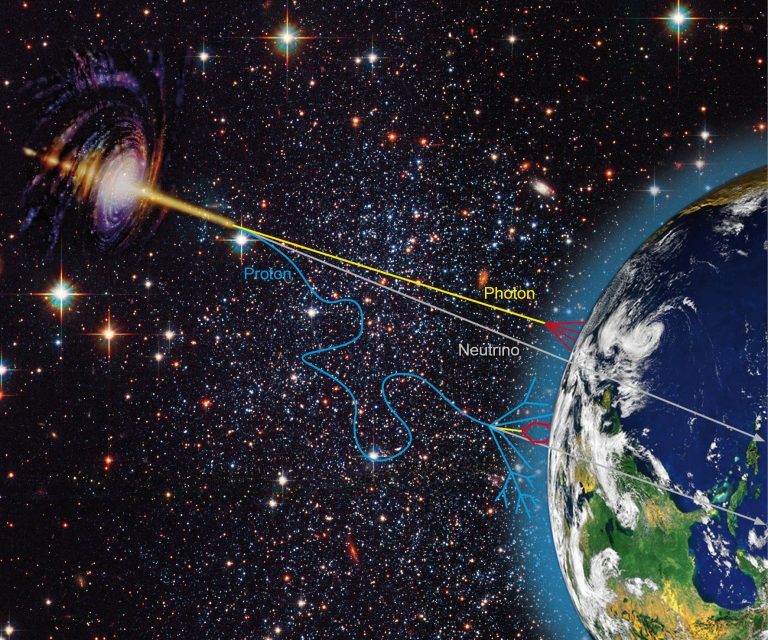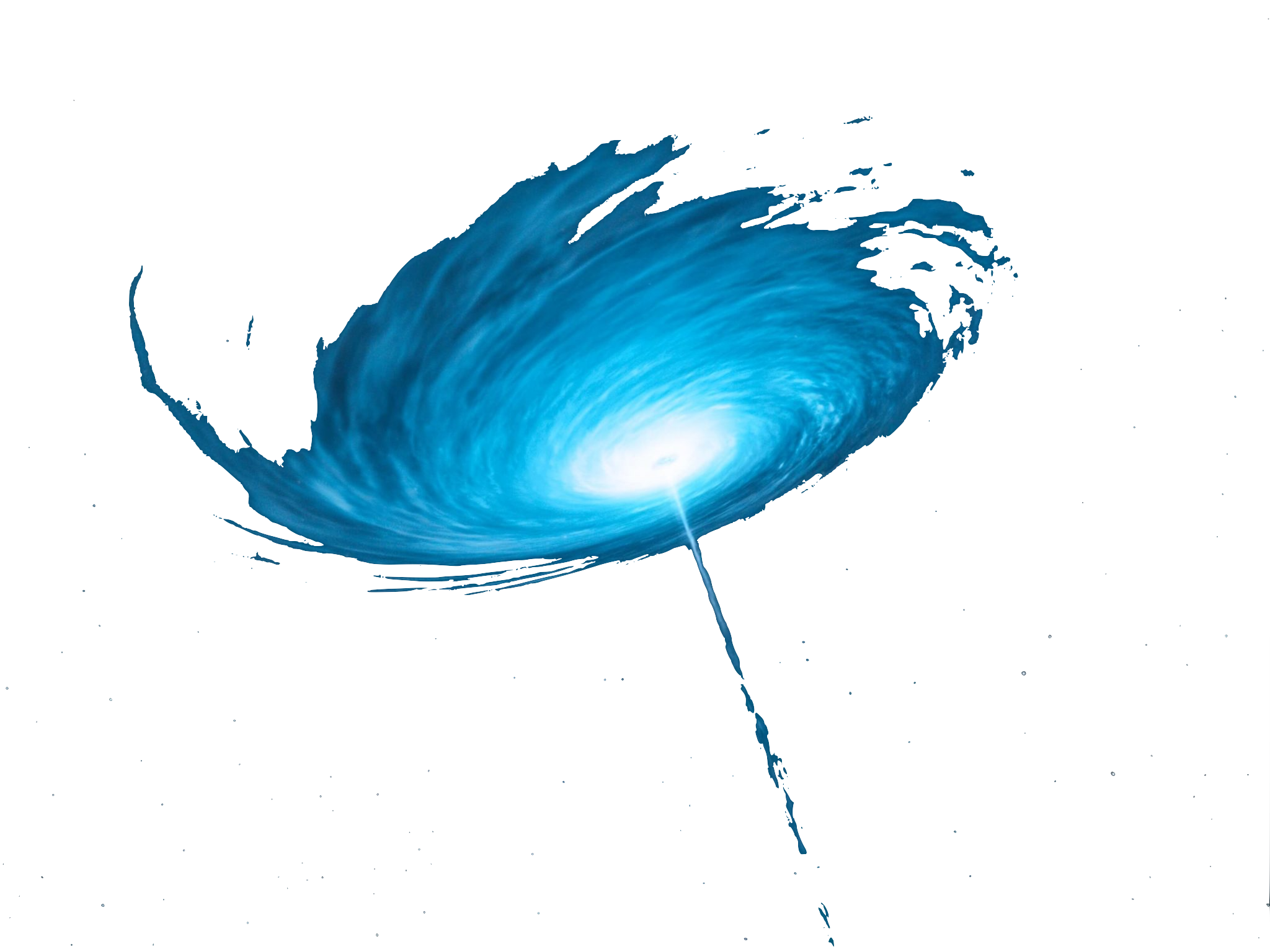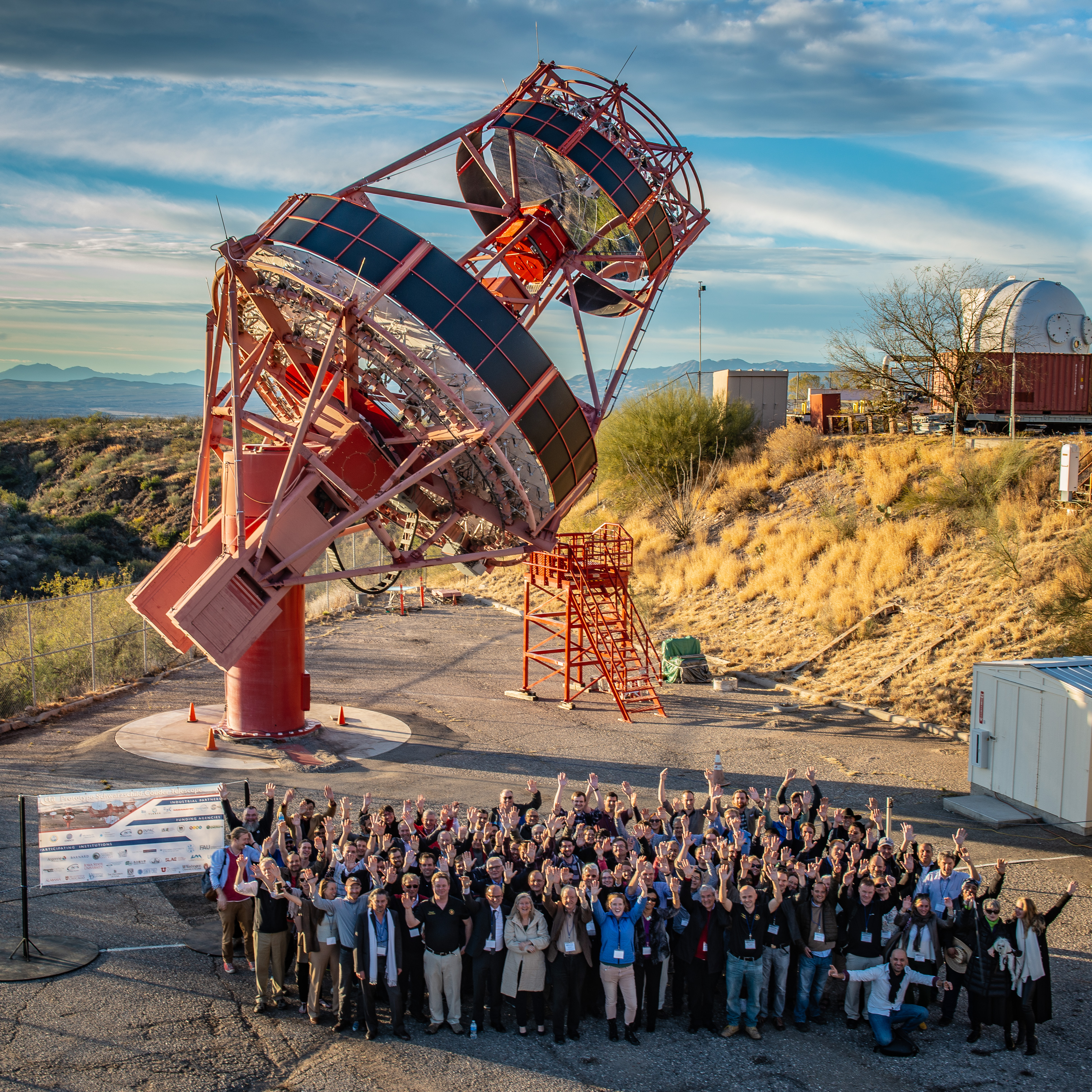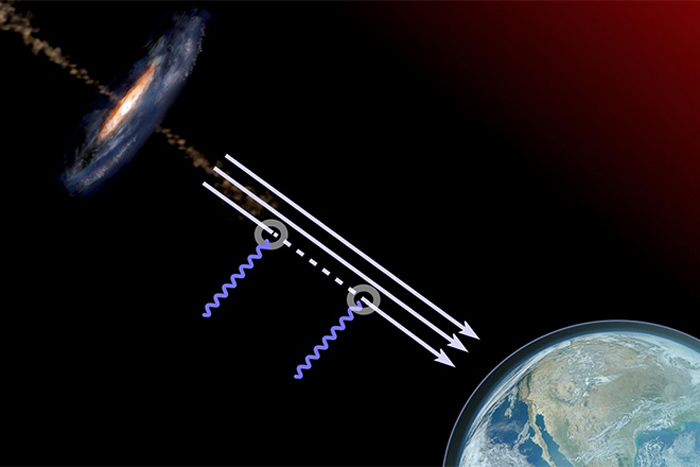High-Energy Gamma-Ray Astrophysics
- Active galactic nuclei: They are bright regions around supermassive black holes where particles are accelerated to high energies. They dominate the extragalactic gamma-ray and radio sky. We study the particle acceleration and radiation mechanisms in these sources.
- The next-generation gamma-ray telescopes: We built a novel prototype Schwarzschild-Couder Telescope for the upcoming Cherenkov Telescope Array Observatory. We are in an exciting phase of exploring the power of this innovative telescope design and making it production ready. Check out this time-lapse of a mirror alignment execution of the prototype Schwarzschild-Couder Telescope.
- Advanced data analysis: We use various statistical techniques including machine learning. We are working on tools that can serve the research community (see e.g., CTLearn).
Multi-Messenger Astrophysics
- Searching for neutrino sources: Active galactic nuclei remain one of the most promising candidate source classes for the highest-energy astrophysical neutrinos observed
by the IceCube Neutrino Observatory.
We organize multi-wavelength campaigns to investigate active galactic nuclei that are potentially associated with astrophysical neutrinos. The identification of any neutrino source would ultimately address, at least partially, the long-standing cosmic-ray origin mystery.

Astroparticle Physics
- Axion-Like Particles: They are hypothetical particles beyond the Standard Model and candidate for dark matter. We use gamma-ray observations of active galactic nuclei to provide competitive constraints on the mass of axion-like particles and their coupling strength with photons.
- Ultraheavy Dark Matter: These are hypothetical dark matter candidates with masses above 10 TeV. We're working with external collaborators to explore ways to search for intense bursts of gamma ray photons potentially associated with the annihilation or decay of these ultraheavy dark matter particles. Such events would light up half of the atmosphere for at least 40 ns and produce a distinct signature. A similar search focused on primordial black holes has been done about 20 years ago by SGARFACE.
A list of publications can be found on the SAO/NASA ADS.
Undergraduate students at Utah can check out research opportunities for: the Spring/Fall and the Summer programs like SURF and SPUR .Undergraduate students from other institutions REU opportunities .



